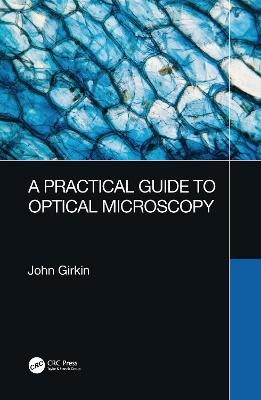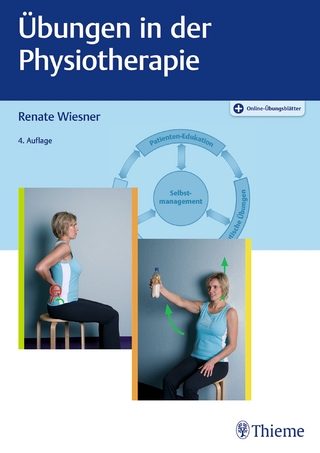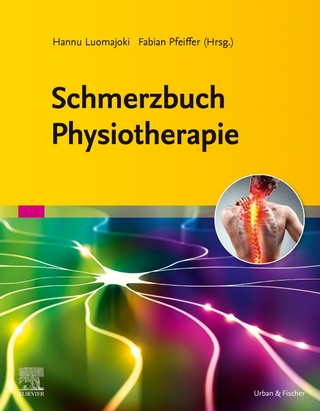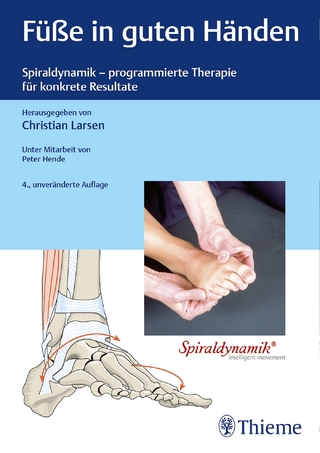
A Practical Guide to Optical Microscopy
CRC Press (Verlag)
978-1-138-06506-2 (ISBN)
Choice Recommended Title, March 2020
Optical microscopy is used in a vast range of applications ranging from materials engineering to in vivo observations and clinical diagnosis, and thanks to the latest advances in technology, there has been a rapid growth in the number of methods available.
This book is aimed at providing users with a practical guide to help them select, and then use, the most suitable method for their application. It explores the principles behind the different forms of optical microscopy, without the use of complex maths, to provide an understanding to help the reader utilise a specific method and then interpret the results. Detailed physics is provided in boxed sections, which can be bypassed by the non-specialist.
It is an invaluable tool for use within research groups and laboratories in the life and physical sciences, acting as a first source for practical information to guide less experienced users (or those new to a particular methodology) on the range of techniques available.
Features:
The first book to cover all current optical microscopy methods for practical applications
Written to be understood by a non-optical expert with inserts to provide the physical science background
Brings together conventional widefield and confocal microscopy, with advanced non-linear and super resolution methods, in one book
To learn more about the author please visit here.
John Girkin is professor of Biophysics at Durham University and Director of the Biophysical Sciences Institute in Durham. He moved to Durham in 2009 to take up this role having previously founded the Centre for Biophotonics at Strathclyde University, Glasgow where he was one of the first leaders at the Institute of Photonics. Originally trained as a physicist at Oxford and with a PhD from Southampton University (in Laser Spectroscopy of Atomic Hydrogen) he worked for ten years in industry including developing the world’s first diode laser retinal photocoagulator and diode pumped Nd:Yag laser. He moved back into academia in 1996 as one of the original Research Team Leaders at the Institute of Photonics, Strathclyde University. His research focuses on the development of novel optical instrumentation to help solve challenges within the life sciences. His research covers a very broad range of activities from dental imaging in the near infrared through to rapid-genomic screening but an ongoing theme has been in developing and applying optical microscopy methods to life science challenges. His initial focus was in non-linear microscopy and he was one of the first pioneers in the use of adaptive optics in microscopy and has more recently been developing advanced forms of single plane illumination microscope for in vivo zebra fish imaging. A constant within his research has been to select the most suitable method for a specific task. He has published over 100 peer-reviewed publications, is a Fellow of both the Institute of Physics and the Optical Society of America serving on both national and international review panels in the area of biophotonics and microscopy.
1. Introduction. 2. Understanding Light in Optical Microscopy. 3. Basic Widefield Microscopy. 4. Advanced Widefield Microscopy. 5. Confocal Microscopy. 6. Fluorescence Lifetime Microscopy. 7. Single Plane Illumination Microscopy. 8. Multiphoton Fluorescence Microscopy. 9. Harmonic Microscopy. 10. Raman Microscopy. 11. Holographic Microscopy. 12. Super Resolution Microscopy. 13. How to Obtain the Most from your Data. 14. Selection Criteria for Optical Microscopy.
| Erscheinungsdatum | 28.06.2019 |
|---|---|
| Zusatzinfo | 9 Tables, black and white; 96 Line drawings, black and white; 45 Halftones, black and white; 141 Illustrations, black and white |
| Verlagsort | London |
| Sprache | englisch |
| Maße | 178 x 254 mm |
| Gewicht | 453 g |
| Themenwelt | Medizin / Pharmazie ► Physiotherapie / Ergotherapie ► Orthopädie |
| Naturwissenschaften ► Physik / Astronomie ► Optik | |
| Technik ► Medizintechnik | |
| ISBN-10 | 1-138-06506-4 / 1138065064 |
| ISBN-13 | 978-1-138-06506-2 / 9781138065062 |
| Zustand | Neuware |
| Haben Sie eine Frage zum Produkt? |
aus dem Bereich


